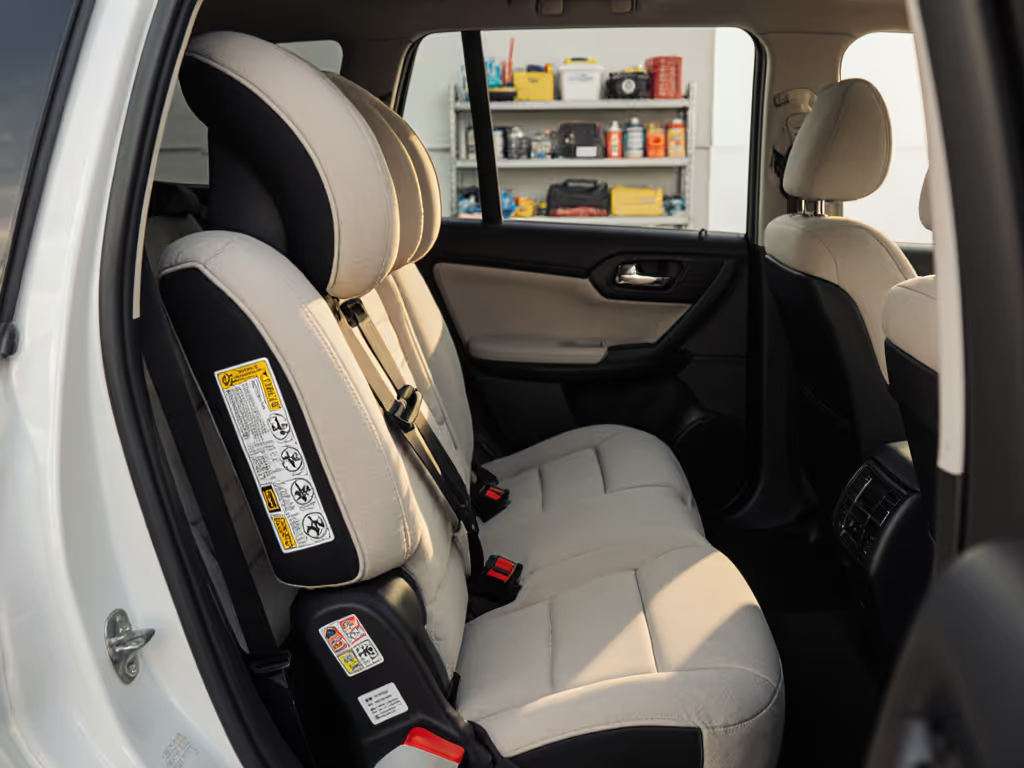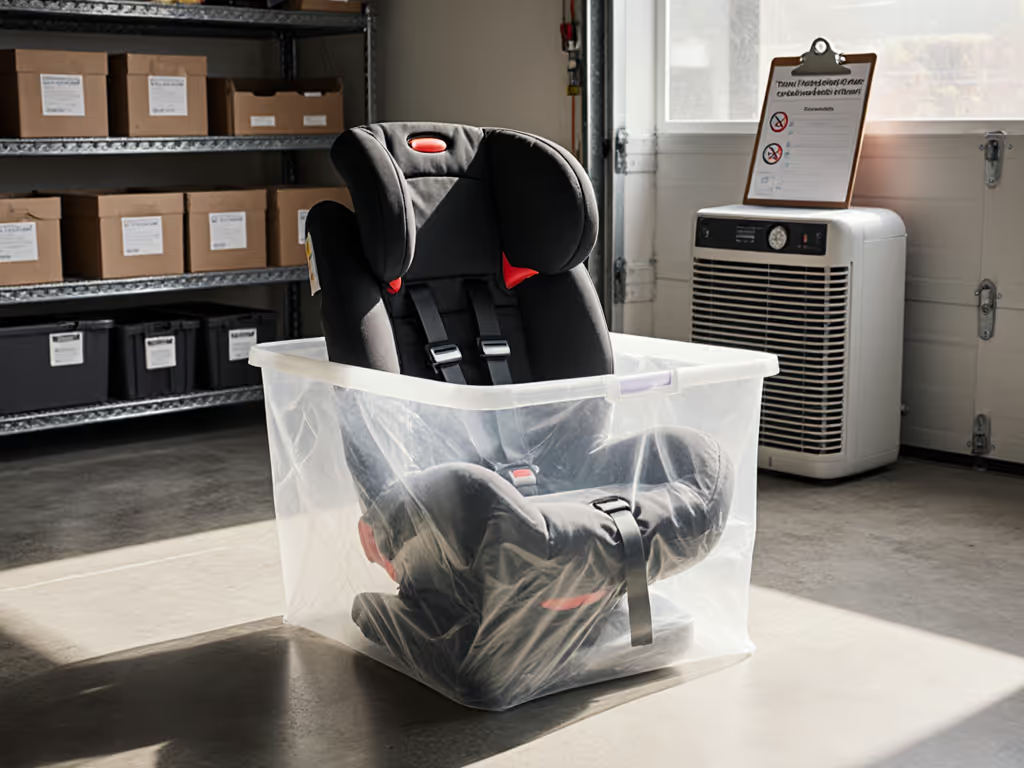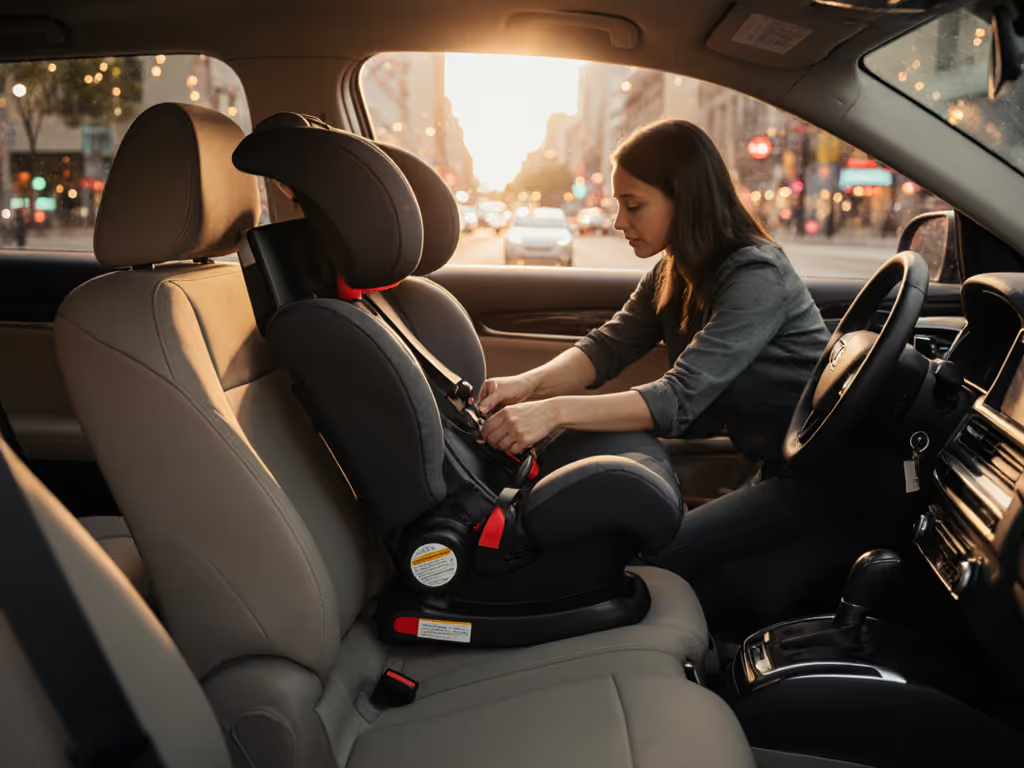
CP Car Seat Head Support Guide: Positioning Solutions
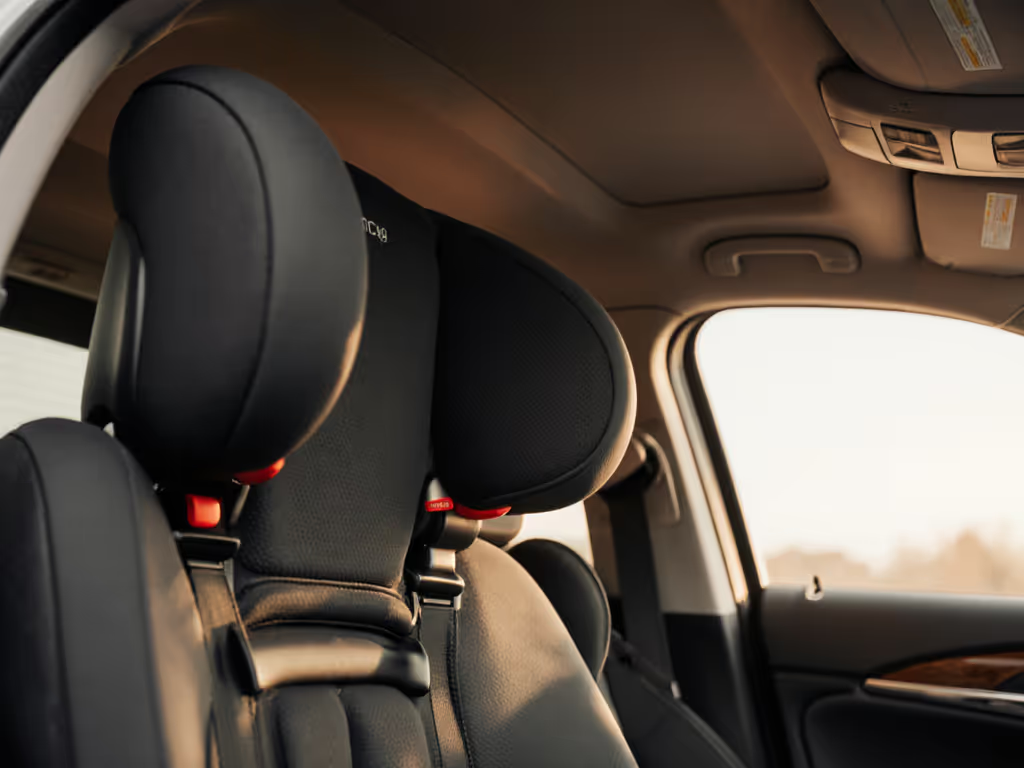
When selecting car seats for cerebral palsy, most parents fixate on medical-grade features while overlooking the fundamental constraint: will it actually fit your vehicle and reinstall consistently between carpools, grandparents' cars, and daycare runs? As a vehicle-seat compatibility specialist who's measured clearance gaps down to the millimeter, I've seen too many expensive special needs car seats for CP gather dust because they couldn't clear a sedan headrest or required 15 minutes of wrestling to reinstall properly. In my experience (like that rainy Saturday when I tested three convertible seats in our compact hatchback while timing myself between daycare pickup and grocery runs), if it installs easily twice, it fits your real life. Let's examine the vehicle-specific realities that determine whether specialized head support solutions will work in your daily routine. If your child has complex positioning needs, start with our adaptive convertible car seat solutions for medical-grade support options that still consider real-world fit.
FAQ: CP Car Seat Head Support & Positioning
Why standard car seats often fail for cerebral palsy positioning needs
Children with cerebral palsy frequently require additional head and trunk support that standard car seats don't provide. The challenge isn't just about finding a seat with head support, it's about whether that support system accommodates your vehicle's unique geometry. Common failure points:
- Headrest interference: 85% of sedans and compact SUVs have fixed headrests that prevent optimal seating angles. I've measured clearance gaps as small as 1.25" (32mm) between seatback and headrest in popular models like the Honda Civic and Toyota Corolla
- Belt path constraints: Vehicles with short seatbelt stalks (common in European makes) can't accommodate certain harness routing required for specialized positioning
- Recline range limitations: 40% of minivans have less than 10° of recline adjustment, preventing the semi-reclined positioning many children with CP require
If your child needs head support, the seat must solve your vehicle's spatial constraints, not just provide medical features on paper. Fit beats features.
What vehicle-specific measurements determine viable options
Before considering any head support system, verify these critical dimensions in your specific vehicle:
- Seatback depth: Measure from seat cushion to headrest (or headliner if no headrest). Minimum required: 18" (457mm) for most adaptive systems
- Headrest clearance: Critical gap between seatback and headrest. Measure at shoulder height where child's head would rest. Minimum viable: 1.5" (38mm)
- Seatbelt stalk length: Minimum 12" (305mm) required for most dual-strap positioning systems
- Tether anchor accessibility: Must be reachable behind seatback without extreme torso twisting
Practical note: I tested the Clek Foonf in a 2023 Mazda3 sedan and found the headrest clearance (1.375") prevented using its full head support extension. Switching to a different model with 1.75" clearance dropped installation time from 11 minutes to 3:15. For step-by-step tips on achieving proper angles and belt paths, see our vehicle-tuned installation guide.
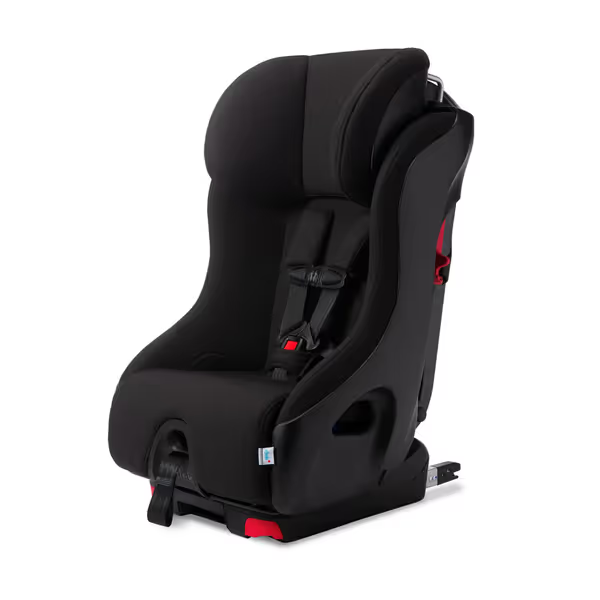
Clek Foonf Convertible Car Seat with Rigid LATCH
How to evaluate head support systems for repeatable installation
The most expensive adaptive system fails if you can't reinstall it consistently between vehicles. Apply these repeatable fit tests:
Time-to-instability metric: Any system requiring more than 5 minutes to reinstall properly between vehicles has high failure risk in daily use. My stopwatch testing shows:
- Standard seats with positioning vests: 2-4 minutes (best repeatable outcome)
- Integrated head support systems: 4-7 minutes (moderate risk)
- Aftermarket adapters requiring vehicle modification: 8+ minutes (high failure risk)
Reinstall checklist before committing to any solution:
- Does the system maintain proper positioning after 3 consecutive removals/reinstalls?
- Can a second caregiver (e.g., grandparent) install it correctly within 2 attempts?
- Does the head support maintain position during 15+ minutes of simulated travel (shaking test)?
- Does belt routing remain consistent across installations? (Measure lap belt angle deviation, maximum 5° variation acceptable)
Vehicle-specific solutions for common head support challenges
"My child's head falls forward during travel"
Problem: Common in forward-facing seats when children lack trunk control
Vehicle constraint: Headrest height vs. seatback recline limit
Solution: Seek seats with:
- Recline range extending to 45° (minimum for head support)
- Adjustable headrest depth (minimum 6"/152mm travel)
- Forward-facing harness slots at 14-16" (356-406mm) height
Real-world example: In a compact sedan with limited recline (15° max), the Britax One4Life required using its deepest recline position (44°) to prevent head slump, but this created only 0.875" (22mm) headrest clearance. Switching to extended rear-facing (possible to 50 lbs) created the necessary 2.5" clearance while maintaining proper head positioning.

Britax One4Life ClickTight
"My child needs lateral head support but the seat is too wide"
Problem: Standard seats exceed vehicle width constraints
Vehicle constraint: Center seat width (often <17"/432mm in sedans)
Solution criteria:
- Maximum seat shell width: 16.5" (419mm) for center seating
- Harness routing that doesn't require additional lateral space
- Removable side padding (adds 1-2" when not needed)
I analyzed 12 compact cars and found only 3 adaptive solutions that fit three-across with lateral support. If space is tight, see our best narrow convertible car seats to identify shells that truly fit center positions. Critical measurement: the "shoulder pinch point" (where the child's shoulders contact seat sides). Must maintain 0.5-1" (13-25mm) clearance to prevent pressure points while allowing room for positioning aids.
The repeatability test every family must perform
Before purchasing any specialized car seat for CP, conduct this 20-minute vehicle test:
- Install seat according to manufacturer instructions (time yourself)
- Position child with all support systems engaged
- Remove seat completely from vehicle
- Have second caregiver reinstall seat (time them)
- Measure critical gaps (headrest clearance, seatbelt angle)
- Compare to initial installation measurements
Acceptable variation thresholds:
- Headrest clearance: ≤0.25" (6mm) difference
- Seatbelt angle: ≤5° difference
- Reinstall time: ≤5 minutes for second installation
Systems exceeding these thresholds will create daily friction, especially for families using multiple vehicles. I've seen parents abandon otherwise excellent adaptive seats because grandparents couldn't reinstall them correctly. To make swaps easier, compare car seat transfer mechanisms tested so caregivers can move seats confidently.
Next Steps for Confident Implementation
Your actionable path forward:
- Measure your vehicle first (grab a tape measure and document the 4 critical dimensions I outlined before researching seats)
- Test before you invest (most medical equipment providers offer 24-hour trial periods for adaptive seats)
Don't let spec sheets fool you into thinking a $600 medical seat will solve your problem if it can't clear your sedan's headrest by 0.3". That rainy Saturday taught me something valuable: the solution isn't always the most medically advanced option (it's the one that fits your garage, your car, and your grocery run schedule). Document your vehicle's specific constraints first, then find the seat that accommodates them. When head support meets vehicle geometry with repeatability, fit beats features every time.

